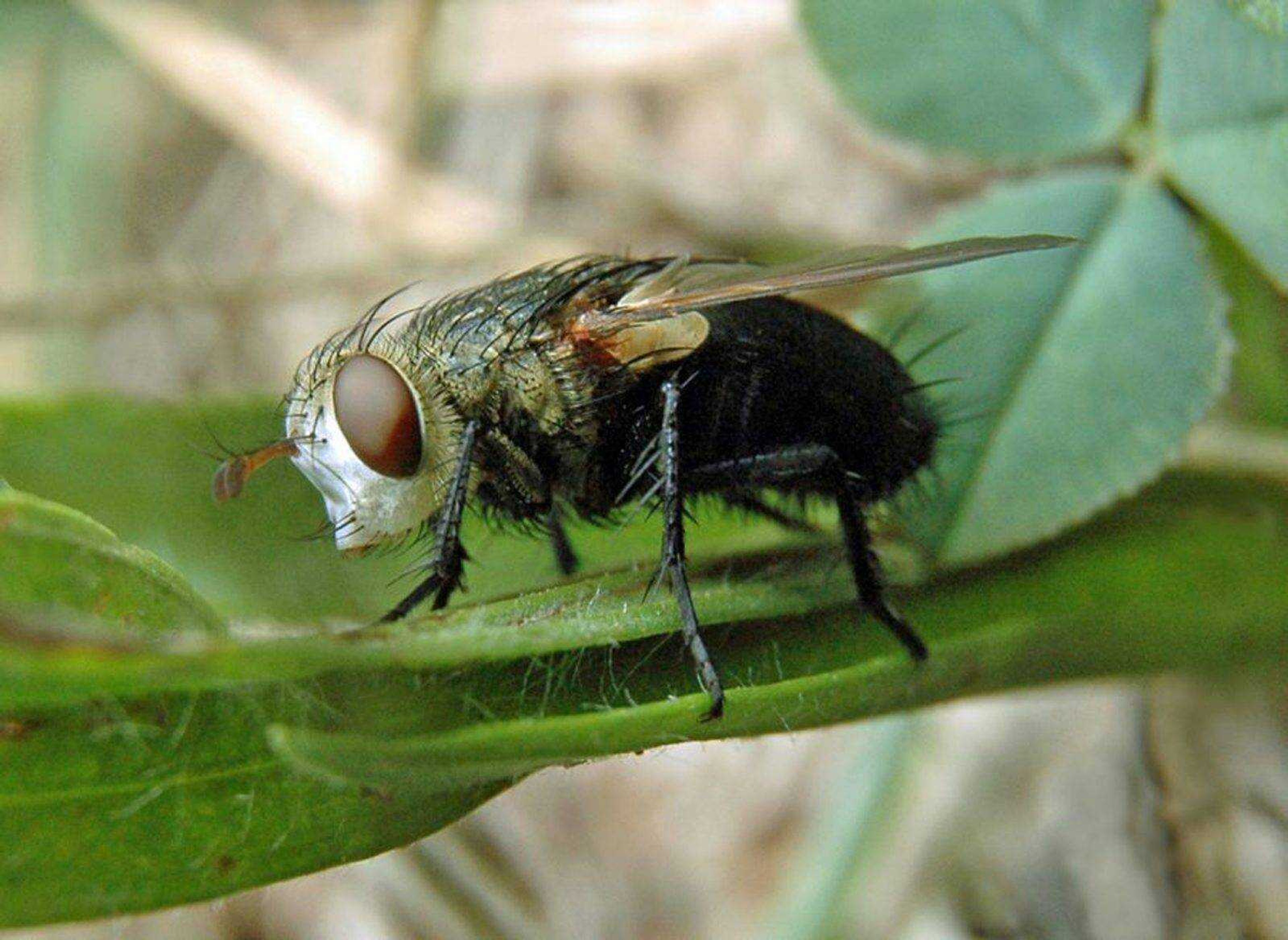Up close, this fly looks as if it is wearing a white face-mask with big brown eyes. It's scientific name is archytas apicifer.
It is a member of a large family of tachinid flies. There are several thousand species of tachinid flies worldwide.
This fly is slightly bigger than a common housefly and, unlike the housefly, does not like being inside your house. Sometimes called "the whiteface fly," this fly is a common outdoor summertime fly. It can be found sipping nectar from a flower and is a pollinator of many wildflowers.
Archytas apicifer is considered a parasitic insect because it lays its eggs on other insects such as cutworms, webworms, tent caterpillars and the gypsy moth caterpillar. When the eggs hatch the tiny larvae begin eating their host. Some natural predators of tachinid flies are spiders, frogs, small birds and robber flies.
With all the spikes coming off its body, just imagine how scary it would be if this insect were the size of a cow!
Through the Woods is a weekly nature column by Aaron Horrell. Find this column at semissourian.com to order a reprint of the photo. Find more of Horrell's work at the Painted Wren Gallery in downtown Cape Girardeau.










